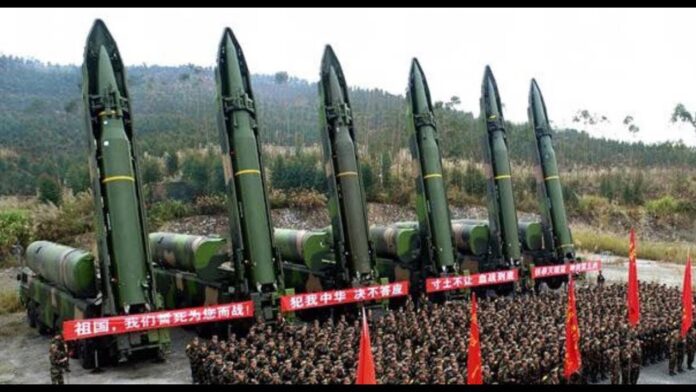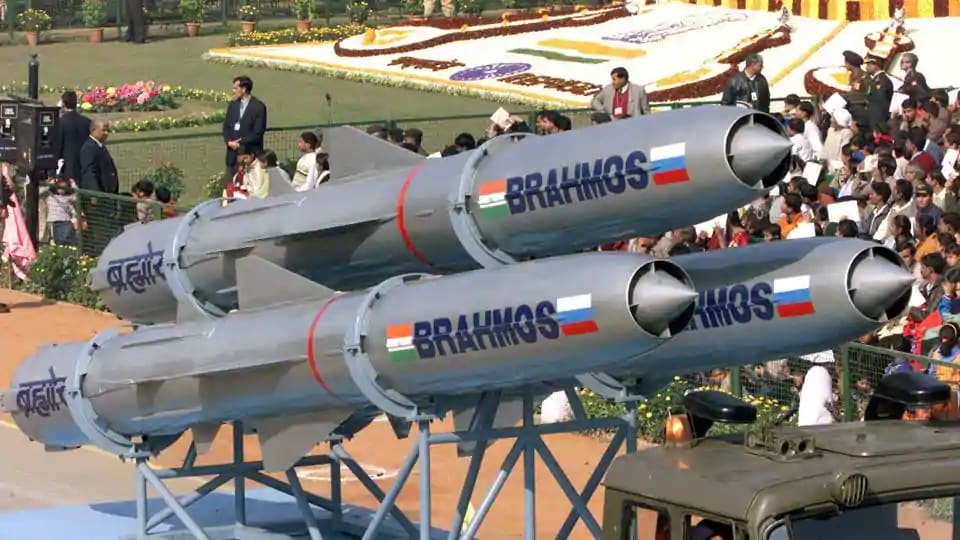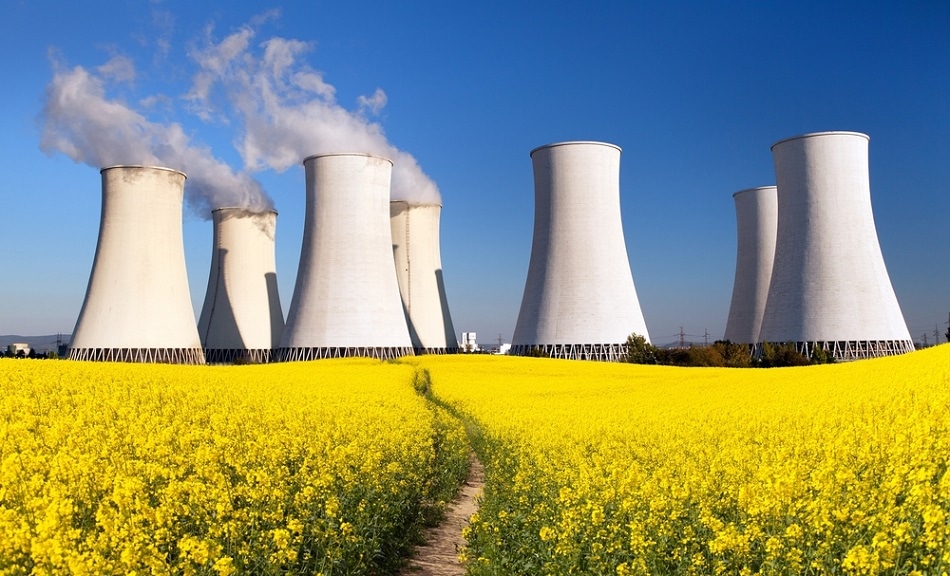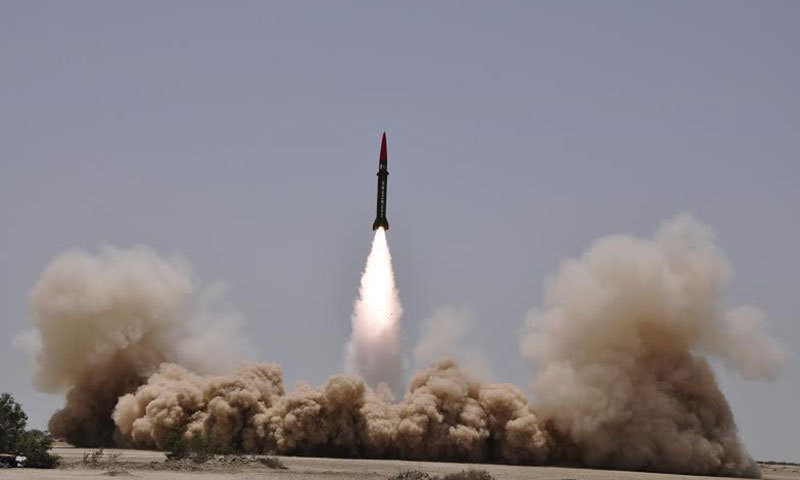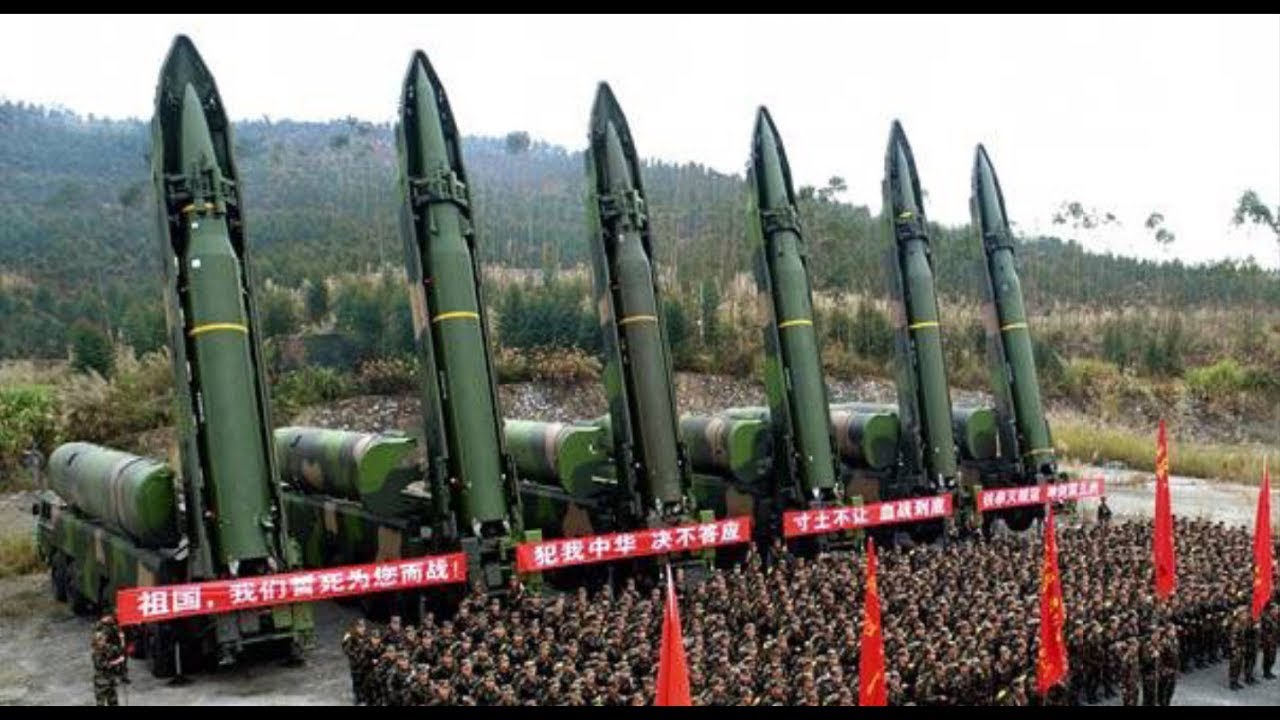Pakistan has the vast and biggest nuclear capability. Pakistan got on board in the mid-1970s in the making of uranium enhancement path to show the capability of Pakistan’s nuclear weapons Nuclear tests were directed by Pakistan in May 1998 afterward India tested their nuclear test stating themselves as a nuclear-weapon state.
At present Pakistan owns an increasing number of a nuclear arsenal and remains separate from together the treaty on the non-proliferation of nuclear weapons (NPT) and the complete nuclear experiment ban treaty (CTBT). Pakistan s also only nation which is hindering consultations of the Fissile Material Cut-Off Treaty (FMCT)
Pakistan nuclear weapons
In 1972 the pakistan nuclear weapons were by Shaheed Zulfiqar Ali Bhutto and he remained the one who started the platform although he remained the minister for petroleum, authority, and natural means. Afterward, he became head of state. Immediately subsequently when east Pakistan was lost happening in 1971 in warfare alongwith India, Zulfiqar Ali Bhutto introduced nuclear weapons program through a conference with physicists and engineers at Multan in January 1972.
After India verified nuclear-powered weapons in 1974, it gave Pakistan’s nuclear program new energy. In excess of the late 1970s, Pakistan’s nuclear weapons database developed delicate uranium enhancement equipment and skill. After the entrance of Dr. Abdul Qadeer Khan, it radical these energies.
Dr. Abdul Qadeer Khan was a German-trained metallurgist who carried with him a filched uranium enhanced technologies which were taken from Europe. Dr. Abdul Qadeer Khan was responsible to put buildings in charge and preparing then opening Pakistan’s Kahuta capability, which stood recognized in 1976. Abdul Qadeer Khan directed the Pakistani employees to develop an wide-ranging clandestine linkage so that they can attain necessary information resources and machinery for its evolving uranium enhancement competencies.
Pakistan , in 1985 was the one who traversed the beginning of weapons-grade uranium manufacture, and during 1986 it was established that Pakistan has created sufficient fissile substantial materials meant for a atomic program. According to some Pakistan’s bases, the country had the ability to perform a nuclear explosion in 1987.
Pakistan was the first country who tested its first nuclear weapon in 1998, which led Pakistan to become the world’s 7th nation to officially test a nuclear weapon. However, the exact numbers of the weapons the country’s existing arsenal are still unknown, but the overall estimations are between 5-12 kilotons(kt) for most weapons, which also have some higher variety of ballistic missiles with a possibility reach of 40kt. However, Pakistan has not acknowledged a planned nuclear and greater nuclear policy, but it acts to establish a “minimum credible deterrence” against India’s nuclear and larger conservative forces. Moreover, Pakistan has implemented a position of “no first use” in contradiction with non-nuclear-weapon states.
Nuclear power plant
Pakistan has five functioning nuclear power plants and two of them are under construction now in Pakistan. The countries nuclear power expertise substructure and domestic labor force are dignified in supporting the nation’s nuclear power extension program of 8800MW in the coming year of 2030.
Moreover, PAEC chairman Muhammad Naeem at the inauguration of the K-2 plant, PAEC will be operating around six nuclear power plants in the country. In which two will be based in Karachi. the names are Karachi Nuclear Power Plant Unit-1 (K-1) and Unit-2 (K-2), whereas, four power plants will be operating at Chashma , in District Mianwal, which is called the Chashma Nuclear power plant units 1-4
First Pakistan’s nuclear-powered power plant in Karachi is going through a 2.2GW volume extension lead with the other two 1.1GW PRESSURISED WATER REACTOR (PWR) which are the parts of design by Chinese people. Furthermore, there is a $10bn project presence constructed with the help of monetary backing from China, which is the largest vitality and groundwork stockholder in Pakistan. Karachi Nuclear power plant (KNUPP) is the biggest plan in Pakistan, it is known as the money-making power plant which has a small 137Mwe CANDU reactor, a Canadian pressurized heavy water reactor.
Pakistan nuclear test
Pakistan has done two nuclear tests. Change-I remained Pakistan’s initial public test of Pakistan’s nuclear weapons. The nuclear test existed in retaliation to the nuclear test of India. It remained a straight comeback to India’s subsequent nuclear test which was conducted on 11 and 13th May 1998.
| Years | Years covered | Test |
| Chagai I | 1998 | 1 |
| CHAGAI II | 198 | 1 |
| TOTALS | 1998-May-28 to 1998-May-30 | 2 |
Pakistan nuclear program
Pakistan claims that the beginning of the nuclear weapons program is due to the adversarial connection along with India; both countries have been involved in various disputes, which were mostly based taking place the nation of Jammu and Kashmir. Hence the country Pakistan started operating on its atomic program at the end of year 1950s. and moreover In 1965 Pakistan Atomic Energy Commission was founded.
Former president shaheed Zulfiqar ALI Bhutto convincingly encouraged the nuclear option Shaheed Zulfiqar Ali Bhutto said in 1956 “that if india build a bomb they will build a bomb of their own. Furthermore, following the setback of Pakistan in December 1971 in dispute with India, Zulfiqar Ali Bhutto declared a direct instruction to the country’s nuclear organization to assemble nuclear machines within the time limit of three years. Even though the PAEC previously had established a task force that can graft on building a nuclear weapon in March 1974, which created a motivation in Pakistan’s workforce to build their nuclear bomb after getting attacked by India in 1974.
Pakistan started its nuclear building attempts throughout the 1950s which was known as the nuclear-powered power and energy program. It remained led in significant component by way of the United States of America known as the ‘Atoms for peace’ program, this program was required to circulate the nuclear energy expertise across the world. The atomic energy commission ( PAEC) was created by Pakistan in 1956. Moreover, the United States offered Pakistan the major reactor known as the five-megawatt Pakistan Atomic Research Reactor (PARR-1)—in 1962.
The Pakistan nuclear regulatory authority is authorized by the government of Pakistan to control the usage of nuclear energy, radioactive sources, and the usage of ionizing radiations. The work of the Pakistan nuclear regulatory authority is to safeguard the public, radiation employees, and environment from the hazardous special effects of ionizing radiations via creating and relating definite principles and to build a bond with faith using the proprietors and to keep clearness in its activities and conclusions.
Even though Pakistan asserted that its nuclear program was only built to pursue nonviolent presentations of nuclear energy, however, at hand remained some symbols which depicted that certain other purposes were behind in building their nuclear program. This was visible at the beginning of the indo Pakistan war in 1985, which finished in the defeat of Pakistan and a victor for India. According to a spokesperson, it was said Bhutto that “If India builds the bomb, we will eat grass or leaves, even go hungry, but we will get one of our own.
Pakistan institute of nuclear science and technology
(PINSTECH) stands PAKISTANS’ main nuclear-powered investigation and advancement foundations. The Pakistan Institute of nuclear science and technology was established by Pakistan atomic energy commission to deliver Pakistan’s shortage of qualified workforce and technical groundwork. During the year 1965, secondary buildings and the facility’s reactor building were completed, and numerous research laboratory, seminars, and a public library became effective in 1974.
Throughout these initial years, PAEC chairman Ishrat Usmani dedicated authority reserves to tutoring the following cluster of Pakistani scientists. Usmani founded the Pakistan Institute of Nuclear Sciences and Technology (PINSTECH) in 1965 and send out many of new Pakistani learners elect skilled overseas.
Keywords (7)
· nuclear power plants in Pakistan
· Pakistan nuclear power
· Pakistan nuclear weapons
· Pakistan nuclear test
· Pakistan nuclear regulatory authority
· Pakistan nuclear program
· Pakistan institute of nuclear science and technology


